Estimated reading time 14 minutes, 1 seconds.
The instructor pilots at the International Test Pilots School (ITPS) say some interesting things around the water cooler.
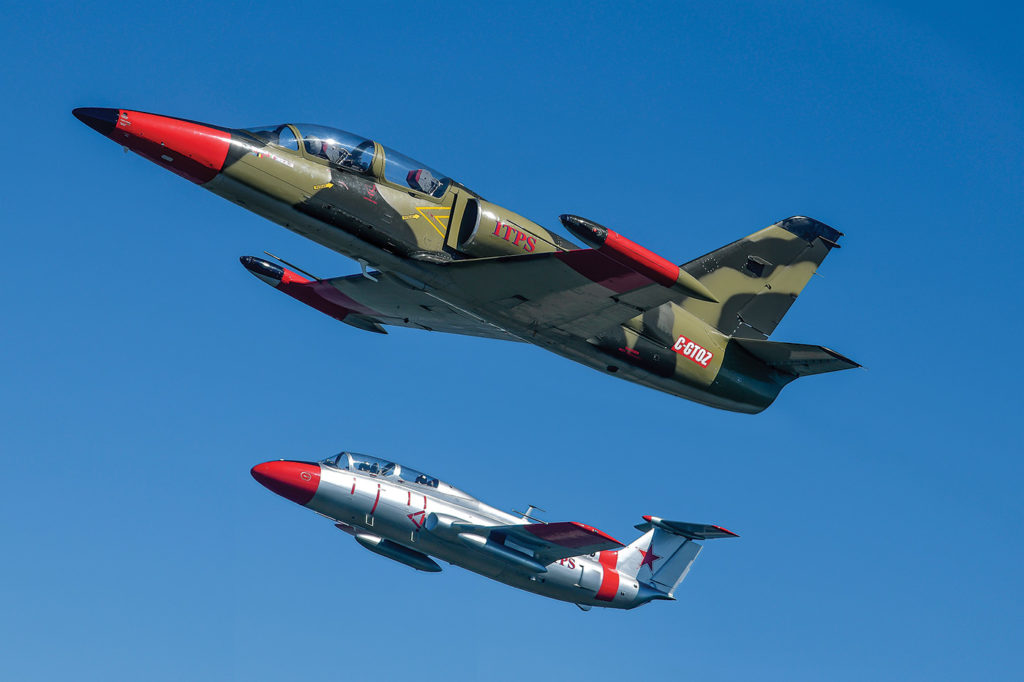
Jason Paquin had his hands on emergency ejection handles three times during his flying career. Each ended well, he reported, with a shrug and a smile.
Fred Hauviller experienced an uncontrollable rotor underspeed while testing an experimental helicopter. He was lucky that day.
Adam Lowes recalled how his helicopter’s flight control system malfunctioned during takeoff from a ship. He landed safely back onboard.
These things happen in the risky business of flight testing.
There is a test pilot school in London, Ont.?
Welcome to the International Test Pilots School, based in London, Ont.
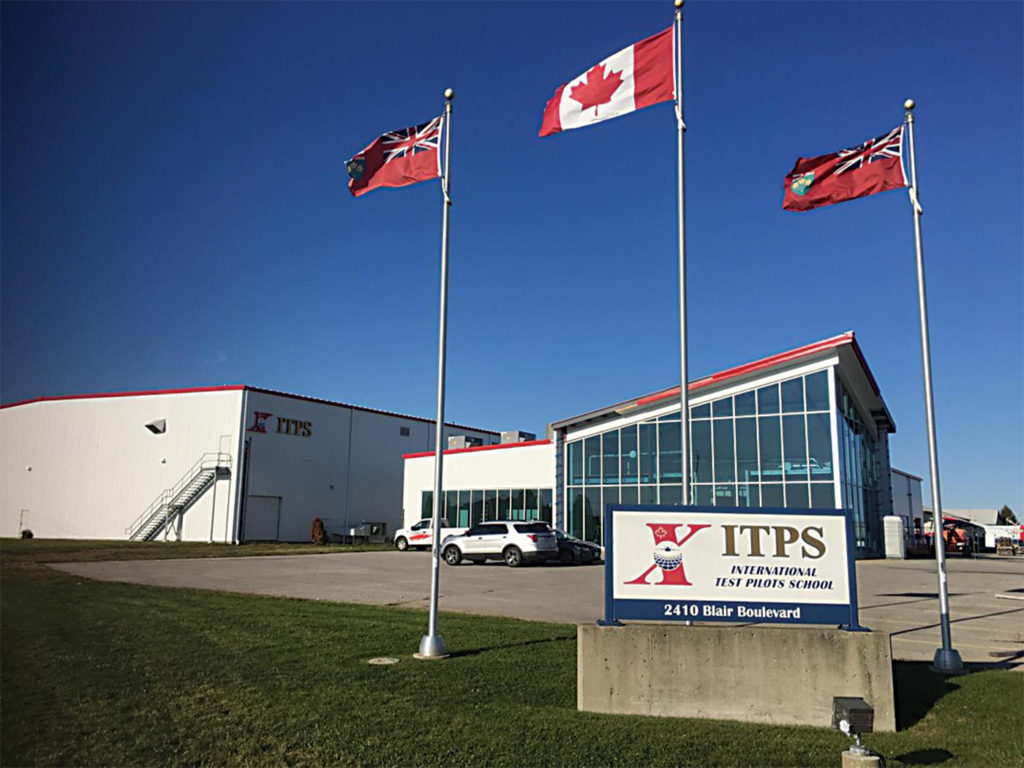
Walking into the hangar reveals a scene that will warm the heart of anyone with jet fuel coursing through their veins. A diverse fleet of military fighters, training jets, light airplanes, and helicopters – 10 types in all – sits under the looming wingspan of an enormous 1950s-vintage Grumman Albatross flying boat.
There is a studious air to the place. Whiteboards are decorated with algebra. Teams of students huddle over computers; textbooks arrayed for reference. Periodically, conversation levels rise over the sound of the school’s jets starting on the ramp outside. A casual perusal of flight suit badges reveals students from nearly everywhere: South Korea, China, Indonesia, Turkey, Spain, Germany, France, the U.K. and Italy.
The students are all experienced aviators, but ITPS seeks to teach them a new technical specialty: flight testing. Once they graduate, these new test pilots and flight test engineers (FTEs) will join teams of aeronautical engineers around the globe who design and build new aircraft and systems. Their jobs will entail testing those engineers’ bright ideas without killing themselves in the process.

Most people, aviators included, have little familiarity with the technical business of flight testing. People have heard of test pilots; a term that brings to mind vague notions involving silk scarves and goggles, but it’s not like that.
Test pilot school is akin to aeronautical graduate school. ITPS graduates’ new skill set will enable them to assess whether a new aircraft type meets its mission objectives, whether it conforms to certification requirements, whether its systems are reliable, and to document its performance capabilities in charts and graphs. Ultimately, flight testing is a process of demonstrating what a design is safely capable of doing, and whether it meets its design requirements. In practice, the flying is technically demanding, intellectually challenging and often more than a bit risky.
Perhaps the best way to appreciate an ITPS student’s experience is to ride along on a training flight as an observer. Better still, to be engaged as a participant.
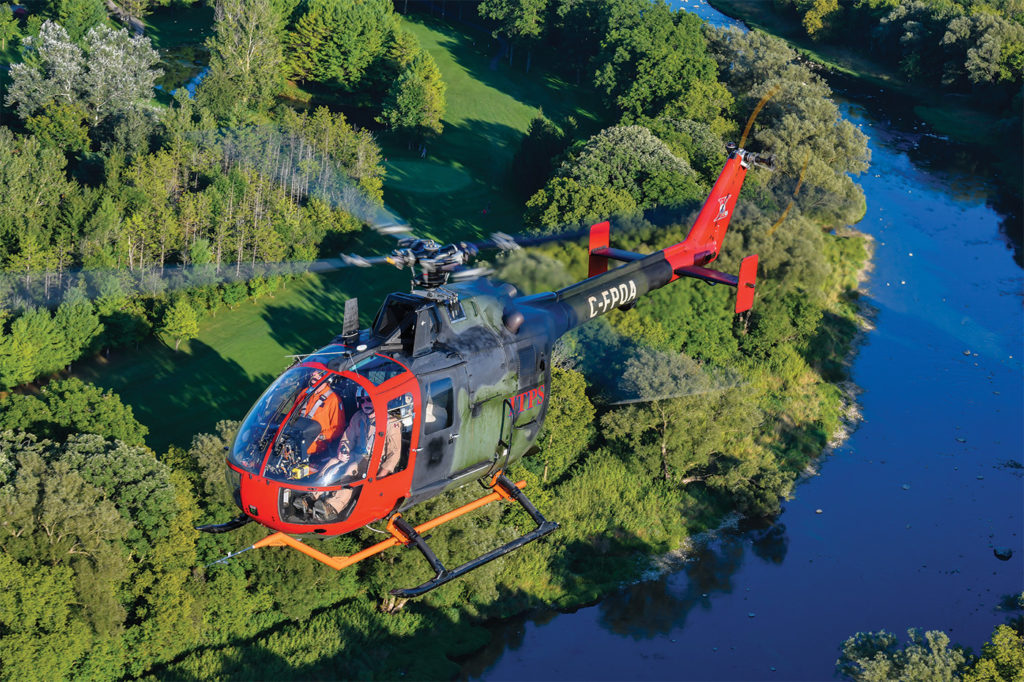
Flying with a student
Raik Gabler is a civilian student-FTE, sponsored by the German Technical and Airworthiness Center for Aircraft, called WTD 61. Gabler was tasked to assess the handling qualities of the school’s instrumented MBB BO-105 helicopter as part of the Stability and Control portion of the course.
As his test pilot for the mission, I would serve as his teammate in gathering data as prescribed on his voluminous test cards. Adam Lowes was instructor and pilot-in-command, but his main role was to watch critically as Gabler and I went to work.
We met at 10 a.m. to brief an afternoon sortie. Lowes expected Gabler to take charge of the mission, including the pre-flight briefing in which we reviewed the flight test manoeuvres, airspace, weather, fuel requirements, and aircraft limitations, amidst myriad other details.
The two-hour briefing put to rest the “silk scarf and goggles” image of test flying. It is a painstaking and fastidious business. There is an aphorism in flight testing that one “plans the flight, and flies the plan.” Gabler admitted that he went to sleep at about 1 a.m. the previous night, but he had a good plan.
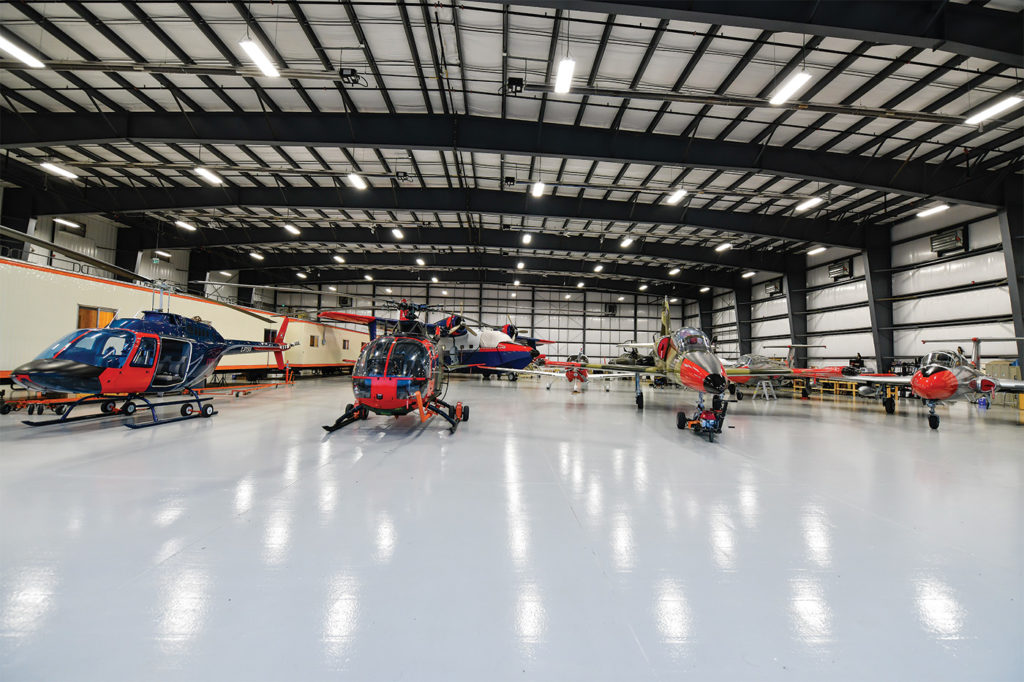
It was a good plan “on paper,” so to speak. Low ceilings and gusty turbulence-inducing winds created havoc almost immediately. Gabler needed to scramble, deleting some tests and shuffling the test cards to take best advantage of the suboptimal conditions. Despite temptation, Gabler “flew the plan,” never deviating from the limitations detailed in the briefing.
After a busy 90 minutes aloft, having performed tests with yawn-inducing names like, “lateral-directional dynamic stability,” Gabler was armed with ample data which, in the course of further late-night work, would become some very beguiling graphs.
For my part, I quizzed Gabler constantly – a bad habit – to assess the depth of his comprehension of the data’s practical meaning, finding that he balanced technical rigour with nascent diagnostic skills and real-world knowledge. I was impressed.
Taking stock of the fleet
Choosing aircraft for test pilot training is a particular challenge. Ideally, the school’s aircraft should be different enough to engage the student; mildly challenging to fly, but not enough to pose undue risks. It should stimulate the skills needed to fly operational military types, yet must be comparatively cost-effective.
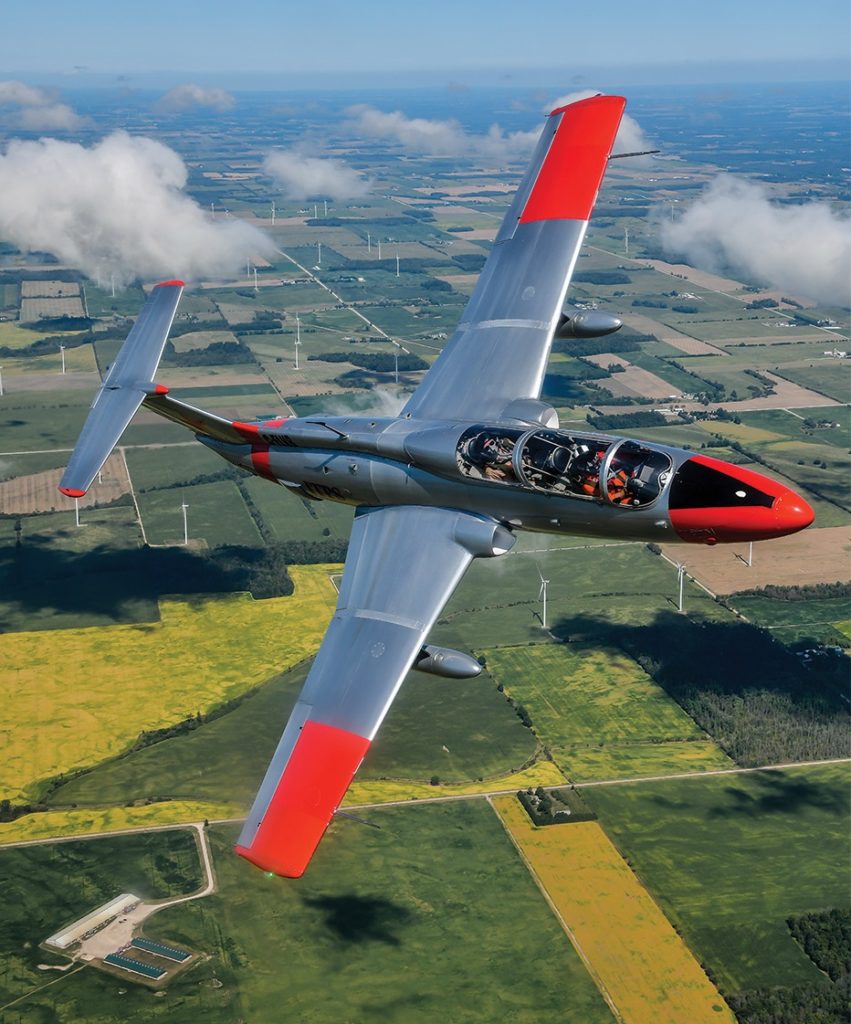
ITPS’ aircraft fleet is changing so fast that it’s hard to keep up. At the time of writing, the school owned three Aero L-29 Delfin and five Aero L-39 Albatros jet trainers, three Hawker Hunter fighters, one Beechcraft B-60 Duke, one IAR 823 and one Cirrus SR-22 piston trainers, and an amphibious multi-engine Grumman HU-16 Albatross. Helicopters included a Bell 206 and the instrumented twin-engine MBB BO-105. A search is ongoing for an instrumented multi-engine helicopter with modern systems such as an automatic flight control system.
The photos accompanying this article were shot during two formation flights; one jet, one helicopter. The jet formation consisted of ITPS instructors Steve Milligan flying an L-39, Jason Paquin in an L-29, and Stephane Logette flying the Cirrus SR-22 camera ship. I was thrilled to ride along with Paquin to familiarize myself with the L-29.
A legacy of the Cold War, the L-29 was originally a Czech military trainer. Why an L-29? An objective of test pilot school training is gaining “adaptability;” a term that is best defined as the breadth of a pilot’s overall flying experience. Modern aviation tends toward specialization, with pilots gaining thousands of hours doing virtually the same things in the same aircraft type, and calling the result “experience.” Adaptability, however, comes from flying different aircraft, featuring various design features and possessing diverse handling qualities. Test pilot school training seeks to diversify a pilot’s frame of reference by exposing them to numerous aircraft types.
The salient properties of the L-29 are simplicity, robustness, and its quaint “Czechisms,” such as push-button undercarriage, hand-operated pneumatic brakes and a sluggish ol’ engine. Economical, robust and plentiful-as-borscht, I thought the L-29 was perfect!

Managing growth
There was a time when flight test training was the sole preserve of the military. Test pilots and flight test engineers were almost exclusively drawn from the ranks of those who attended “Edwards,” “Pax River,” or “Boscombe Down,” to name the most well-known of the handful of traditional military test pilot schools.
The course offerings understandably addressed the needs of the military. ITPS is among the few civilian institutions to buck the trend.
Traditionally, the test pilot school course was one year long. In 2017, the European Union Aviation Safety Agency (EASA) imposed licensing standards upon the civilian flight test community, and the coming accreditation of the test pilot school syllabi changed the various schools’ offerings.
ITPS offers a “Flight Test Graduate Course” (a 50-week program with 110 hours of flying on 20 types), typically for military students and those engaged in envelope-expansion testing, and a more cost-effective “Flight Test Diploma Course” (a 24-week short course comprising 55 hours in 15 types). In 2019, the school expects to graduate 16 test pilots and 23 flight test engineers.
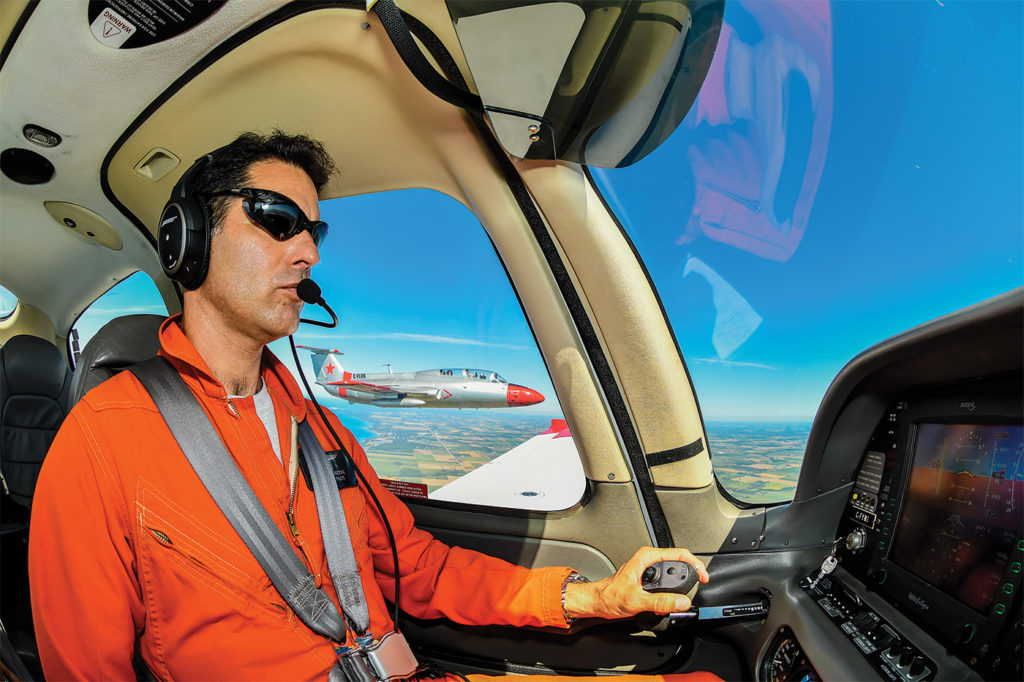
With students and staff coming from around the globe, ITPS has a distinctly international flavour. Instruction is conducted in English, and language proficiency can be a challenge for some students. Similarly, while an undergraduate degree in physical science or engineering is a recommended prerequisite, some students arrive without a technical education. ITPS offers a five-week pre-course academic and language-proficiency syllabus for those in need.
Learning survival skills
As an academic institution, ITPS not only teaches flight testing, but is engaged with the industry in the development of the professional skill set. The school hosts an annual flight test seminar that hears presentations by flight testers from around the globe.
The professional experience of its expanding cadre of alumni provides a constant stream of feedback, and ITPS instructors engage in continuous refinement of the technical state-of-the-art. A good example was my flight with ITPS instructor-pilot and head of training Fred Hauviller demonstrating recovery from vortex ring state (VRS).

VRS is a rare but dangerous flight regime where a helicopter in a steep powered descent begins to recirculate its own rotor wake, resulting in an uncontrollable descent. The standard recovery technique – reduce power, lower the nose and wait! – is effective, but consumes a lot of altitude; not an ideal response to an already uncontrollable descent. Hauviller, an ex-French Army test pilot, researched an alternative recovery technique, called the Vuichard Recovery Method, which had the potential to effect recovery with minimal altitude loss. He demonstrated it in the BO-105.
From a safe altitude, Hauviller had me slow to a near-hover, allow a rate of descent to develop, and try to arrest it with power. The result was an eye-opening vertical descent with the helicopter shaking under full power like a wet dog. It was evident how this condition could lead the unwary to disaster.
Standard recovery techniques were effective, but typically consumed at least 800 feet of altitude. Using the Vuichard Method – simultaneous right pedal and cyclic to sidestep from the recirculating vortex – we were free of the nasty vortex within roughly 200 feet.
The VRS demonstration was thrilling, but that misses the point. Having never experienced such acute vortex ring characteristics, I was unprepared with the appropriate skills to recognize and recover. The BO-105 could have killed me.
However, if I were to experience such symptoms again, perhaps while flight testing some future helicopter prototype, I would recover confidently and survive to fly another day. Such is the value of flight test training.

Giorgio’s vision
ITPS’ rise in the flight test community is a credit to the entire team, but central to the story is the vision of its founder, Giorgio Clementi. Clementi joined ITPS in 1991 as an FTE instructor and acquired the business in 1996. Over the coming years, the school would make its home in Woodford and Coventry in the U.K., then briefly in Cold Lake, Alta., before coming home in 2005 to its current base at London.
For a time, ITPS operated modestly as a “virtual” school, hosting specialty flight testing courses such as avionics systems flight test programs and the first-ever test pilot course presented in Canada in 2004. In those lean days, facilities were leased, and staff consisted of Clementi’s extensive network of contacts, but the clients kept coming. ITPS’ focus on pragmatic, bespoke training was a winning formula.
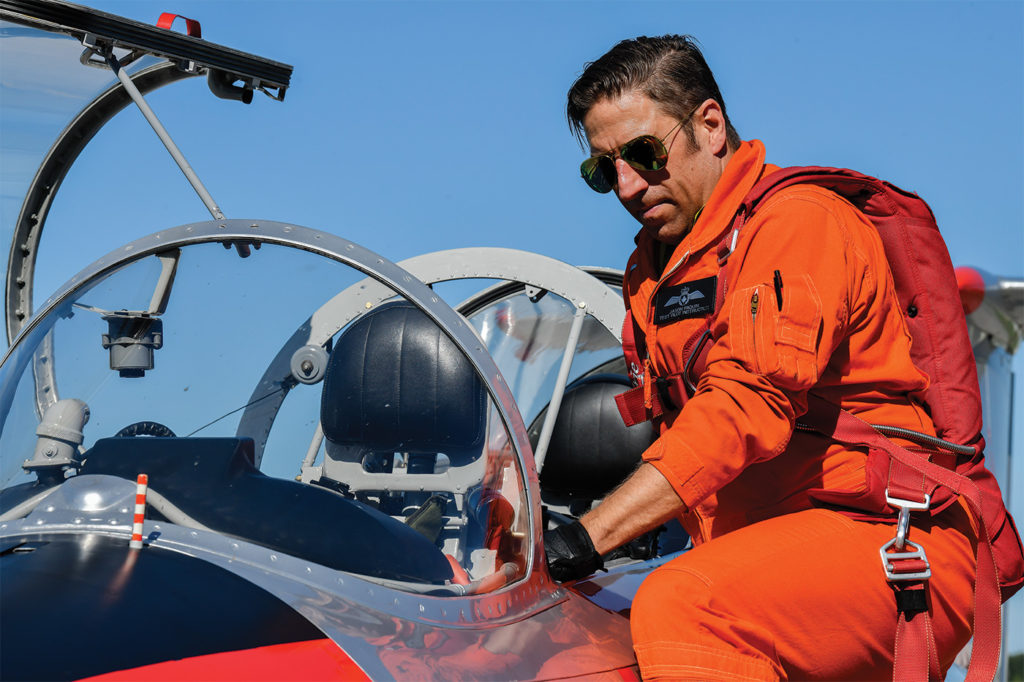
By 2012, its transformation to a bricks-and-mortar school was complete. In addition to its 39 full-time employees and 17 aircraft, at the time of my visit the finishing touches were being put on a 10,000-square-foot office facility to complement its existing 27,000-square-foot hangar.
The completed school will have capacity for up to 48 students in residence. Growth is evident wherever one looks, whether in the acquisition of a CF-188 Hornet cockpit training device, the recently-installed flight test telemetry system, or the purchase of a Rutan Long-EZ aircraft for use as a dedicated training platform for unmanned aerial system (UAS) testing.
Modern aircraft are safe and reliable to an extent that is a credit to the industry, but most test pilots can affirm that they didn’t start out that way. Test flights of new designs fresh off the drawing board are still fraught with risk and inevitably a few surprises. The gestation process from prototype to operational aircraft depends upon a specialized engineering skill set; an amalgam of operational flying experience and engineering diagnostic skills.
Robert Erdos is a contributing editor for Skies magazine. He is a graduate of the U.S. Naval Test Pilot School and a retired professional test pilot. Also an aviation enthusiast, his spare time activities include displaying vintage airplanes and flying his RV-6 kitplane.
Shortly before Christmas, about 120 test pilots and flight test engineers flocked to London, Ont., to talk turkey at the 8th Annual Flight Test Seminar. Read Skies coverage of the event here.


Interesting article. Hadn’t realized this is a Canadian based global school! It was my understanding the Vuichard technique is right cyclic and coordinated application of maximum power and left pedal in a CCW rotating rotor system?
Hi. Thanks for your comment. As I recall the demonstration, in lieu of the traditional “dump and push” recovery method, the Vuillard technique sidesteps the vortex, enabling recovery with considerably less altitude loss. It was right cyclic and left pedal in the BO-105.